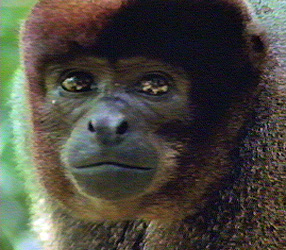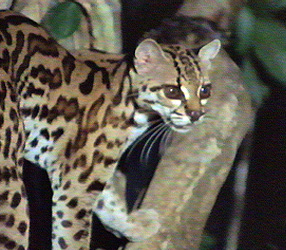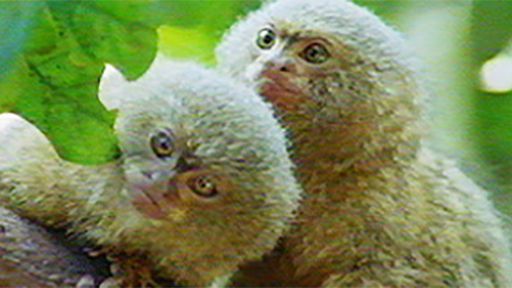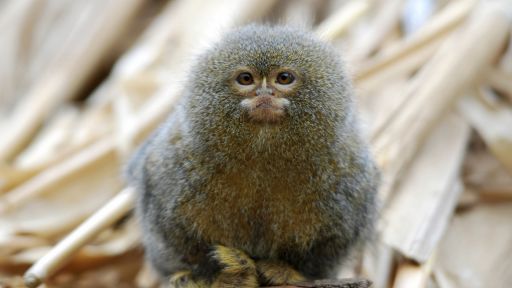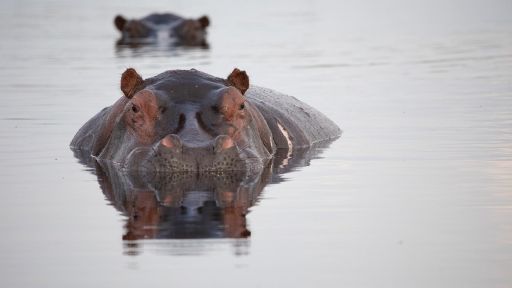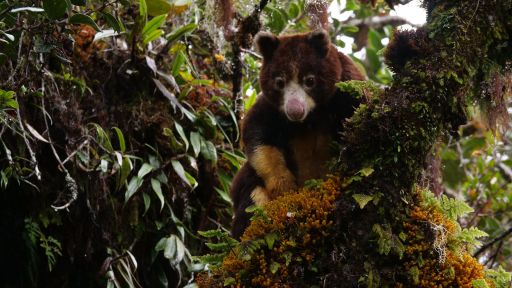The marmosets and tamarins of the NATURE program GREMLINS: FACES IN THE FOREST share the jungle with many other creatures. Here’s a look at some of them.
Woolly monkeys live in the South American rainforest from northern Colombia to Peru. Like marmosets and tamarins, they live in large families with as many as 20 other individuals. But those families grow slowly: female woolly monkeys give birth about every two years, which means that they are more vulnerable to population depletion from hunting and habitat loss. They inhabit a higher stratum of the forest world than gremlins do, remaining in the treetops a hundred feet above the smaller monkeys.
A member of the raccoon family, the kinkajou resides in Central and South America. It has a long, thin tongue that it uses to retrieve nectar from flowering plants, although it also eats fruit.
The boa constrictor is a predator to avoid in the Amazon jungle. Its decorated body blends in well with leaves, both on trees and on the ground. Rather than inject a victim with poisonous venom, the boa constrictor strangles its prey and swallows it whole, then digests it over three to four days, as you can see happen to a marmoset in the NATURE program. Adept tree climbers, boas can seize birds from midair. To swallow animals larger than their heads, the snakes unhinge their jaws.
Margays, also known as tiger cats, are small felines whose spots act as camouflage in the dense forest. The margay is the most agile climber of all the cats: it is the only member of the cat family whose ankle joints can rotate enough to allow it to climb down trees headfirst. Margays hunt after dark, relying on excellent night vision and a keen sense of smell.
The three-toed tree sloth, another creature of the trees, can barely walk on land. Saddled with an extremely slow metabolism that digests only leaves, the sloth moves at a crawling pace to conserve energy. Using its three claws as hooks to pull itself through the trees in search of leaves to eat, the three-toed sloth reaches a maximum speed of 0.15 miles per hour as it climbs.

